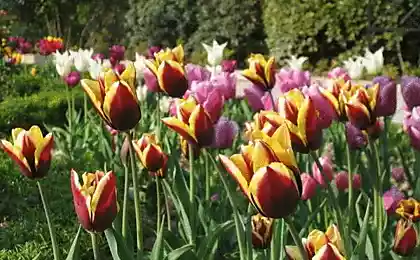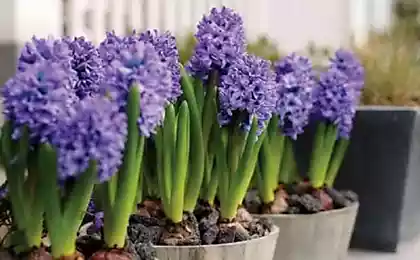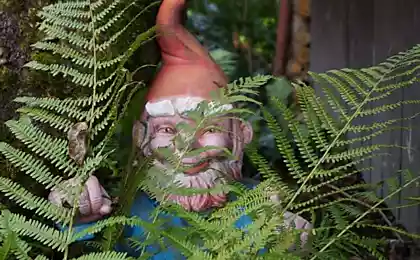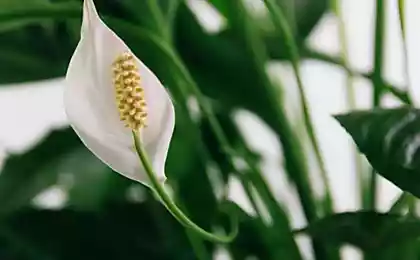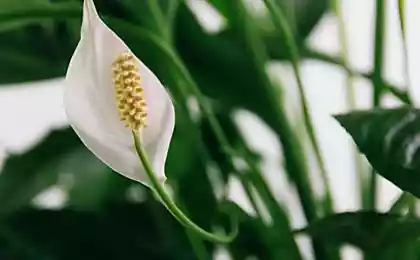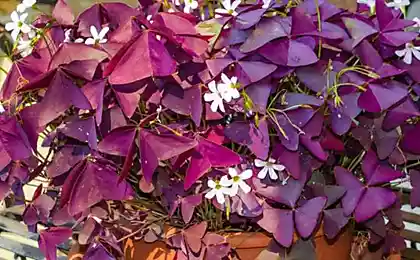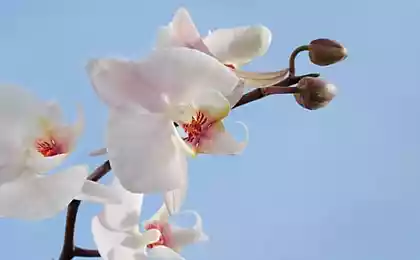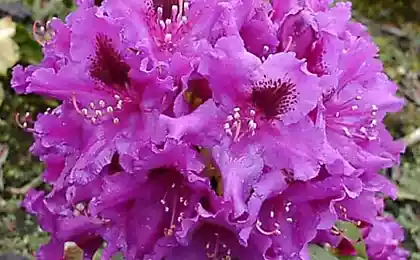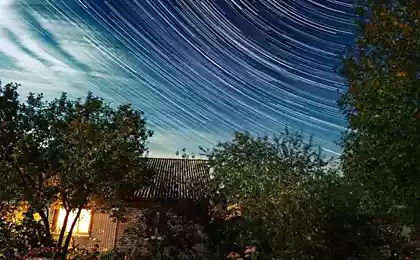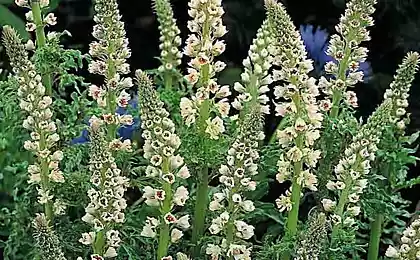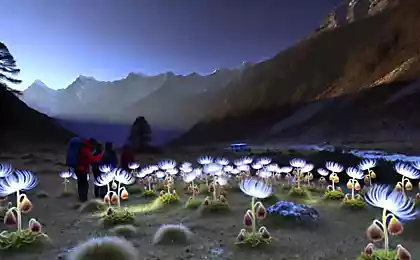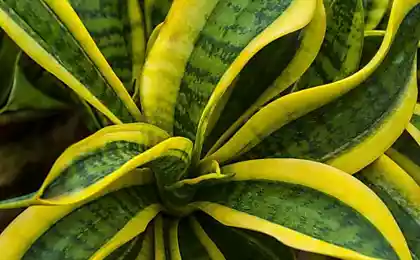827
The flower that blooms only at night
In Panama, the balsa tree blooms when the sun sets and attracts different kinds of animals, birds and insects.
12 photos from here
1. kinkajou soiled in the flower pollen balsa when drinking nectar from it.
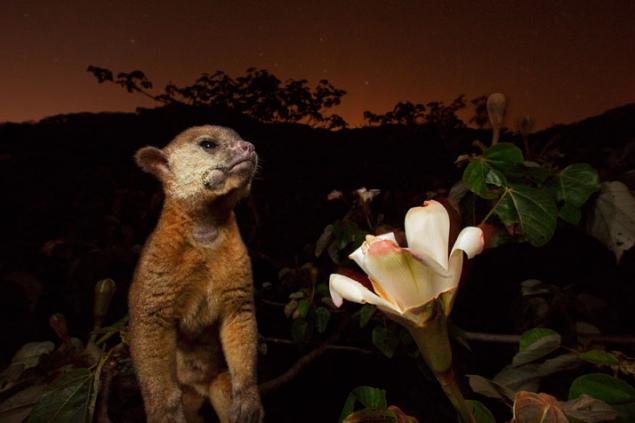
2. Two bees drowned in the sweet nectar and furry opossum enjoys currently no biting insects and eagerly drink the nectar. On one tree blossom flowers 50-60, each of which contains nearly an ounce (= 28, 3 g) of nectar.
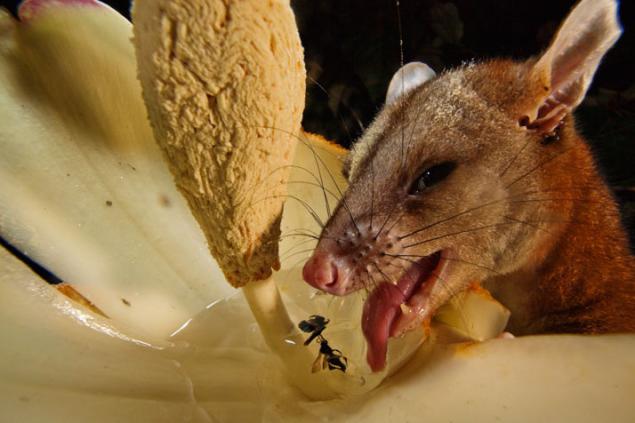
3. Praying Mantis sitting on a flower waiting for the sink in the nectar of balsa various small insects. In order not to waste time, he is collecting pollen.
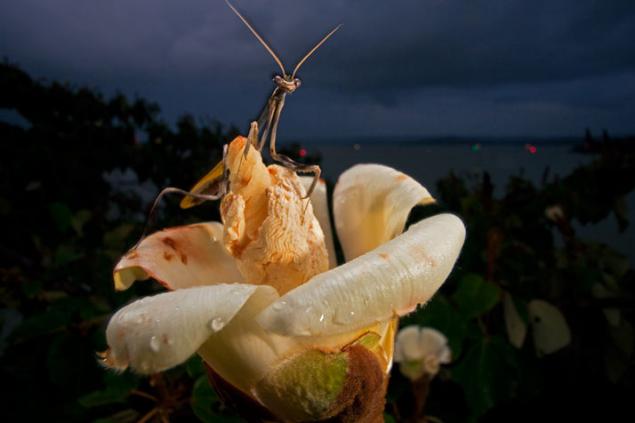
4. Capuchins climbs on the much-loved balsa trees before sunset.
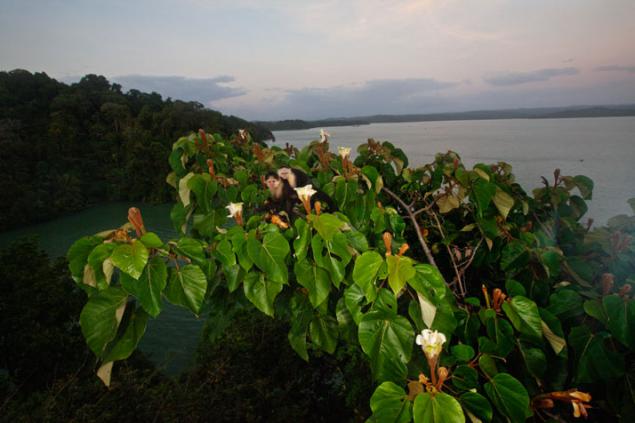
5. Emerald blue hummingbird approaching to the desired flower.
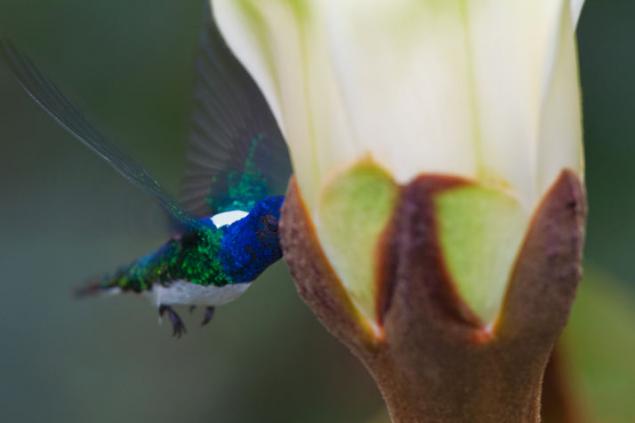
6. Roy African bees to flowers balsa sent immediately after the sunset. Bees collect pollen, if by mistake they fall below, and fall into the sticky honeydew is likely they will drown. Their ability to see at dusk gives them a significant advantage over conventional bees. Happy Bee conventional block access to the flowers.
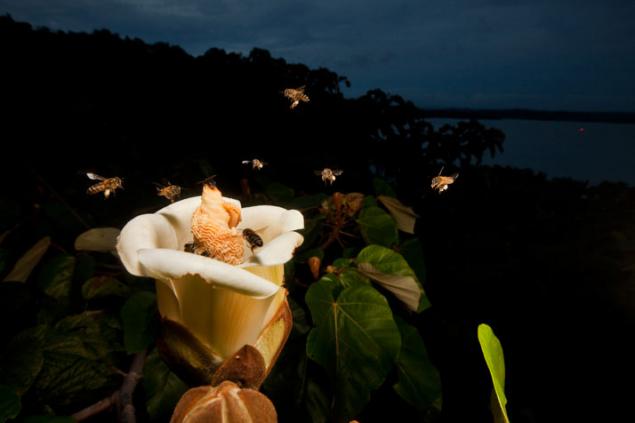
7. Boa boa located on a flower balsa waiting closer to the adjacent bird hummingbird flower. By itself, the nectar of the flower and its little interest.
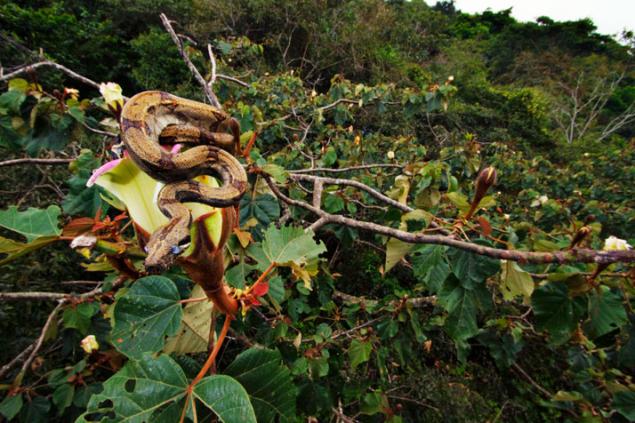
8. Bat sits on top of a flower. For a long time it was thought that bats are the primary pollinators of flowers balsa, but recent studies have shown that wood mammals do most of the work.
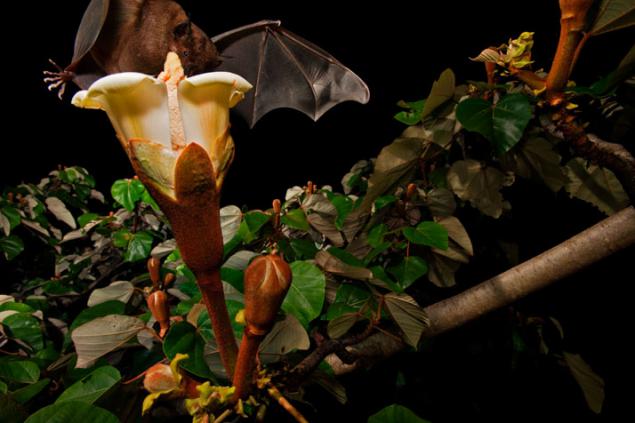
9. Olinga, carnivorous mammal that as kinkajou, belongs to the family of raccoon, holding a flower terry legs. Kinkajou distilled his fellows, but nimble Olinga quickly jumps on them and are out of reach, and when in flower will be a new batch of nectar.
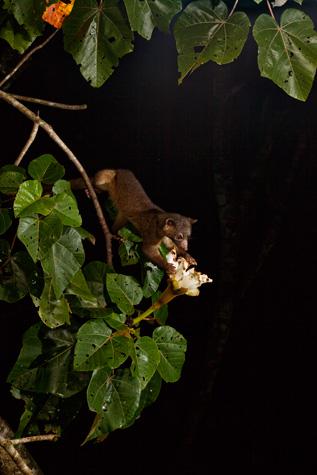
10. Hummingbird made a nest in the branches of balsa.
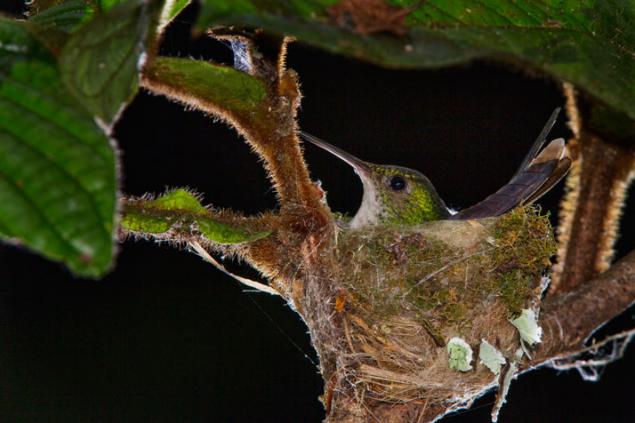
11. The African bee surrounded by a fragrant flower, meanwhile black wasp sitting on the edge of the petal and waiting for their turn to drink the sweet nectar.
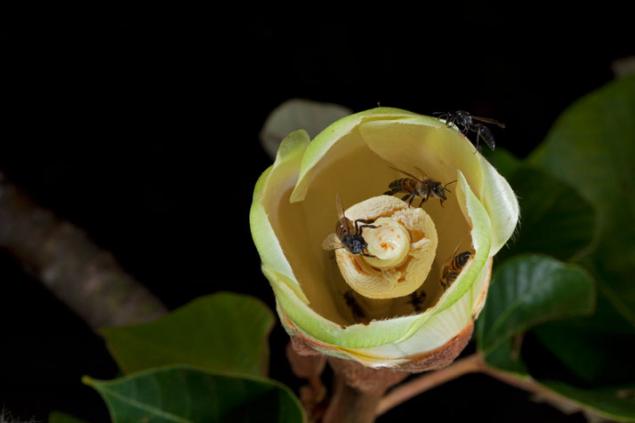
12. At the dawn of a small gecko lurking near the top of the flower in anticipation of beetles, flies to the fragrant flowers balsa.
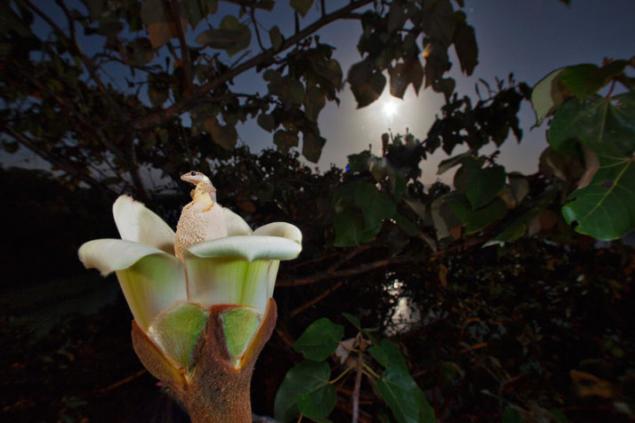
Source:
12 photos from here
1. kinkajou soiled in the flower pollen balsa when drinking nectar from it.

2. Two bees drowned in the sweet nectar and furry opossum enjoys currently no biting insects and eagerly drink the nectar. On one tree blossom flowers 50-60, each of which contains nearly an ounce (= 28, 3 g) of nectar.

3. Praying Mantis sitting on a flower waiting for the sink in the nectar of balsa various small insects. In order not to waste time, he is collecting pollen.

4. Capuchins climbs on the much-loved balsa trees before sunset.

5. Emerald blue hummingbird approaching to the desired flower.

6. Roy African bees to flowers balsa sent immediately after the sunset. Bees collect pollen, if by mistake they fall below, and fall into the sticky honeydew is likely they will drown. Their ability to see at dusk gives them a significant advantage over conventional bees. Happy Bee conventional block access to the flowers.

7. Boa boa located on a flower balsa waiting closer to the adjacent bird hummingbird flower. By itself, the nectar of the flower and its little interest.

8. Bat sits on top of a flower. For a long time it was thought that bats are the primary pollinators of flowers balsa, but recent studies have shown that wood mammals do most of the work.

9. Olinga, carnivorous mammal that as kinkajou, belongs to the family of raccoon, holding a flower terry legs. Kinkajou distilled his fellows, but nimble Olinga quickly jumps on them and are out of reach, and when in flower will be a new batch of nectar.

10. Hummingbird made a nest in the branches of balsa.

11. The African bee surrounded by a fragrant flower, meanwhile black wasp sitting on the edge of the petal and waiting for their turn to drink the sweet nectar.

12. At the dawn of a small gecko lurking near the top of the flower in anticipation of beetles, flies to the fragrant flowers balsa.

Source:
